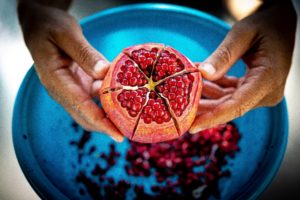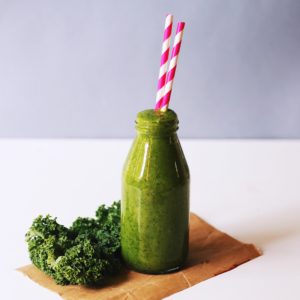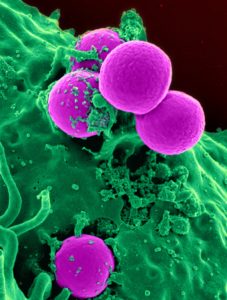 It has been a busy few weeks for our team at Step Change Innovations, as this week saw official news break of CalmologyTM, our very first ingredient launch. This is particularly exciting for me, as I’ve been working on this project since I started at Step Change earlier this year. My ingredient baby is out there for the world to see, and I sure hope it grows to be successful.
It has been a busy few weeks for our team at Step Change Innovations, as this week saw official news break of CalmologyTM, our very first ingredient launch. This is particularly exciting for me, as I’ve been working on this project since I started at Step Change earlier this year. My ingredient baby is out there for the world to see, and I sure hope it grows to be successful.
In a nutshell, Calmology is a dairy-based ingredient blend for use in supplements to support mood and sleep while also providing crucial support for digestive and immune health. Step Change Innovations partnered with FrieslandCampina, a global dairy cooperative and ingredient manufacturer headquartered in the Netherlands, to bring forth this unique product.
The science part behind Calmology was easy for me–I spent many hours pouring over the scientific evidence showing why the different components impact mood, sleep, digestive health, and immune health. I made sure to understand the nutritional composition and attributes important to product developers. What was a bit of a departure from my primary skill set was working on the marketing and branding. I wrote our sales brochures, I wrote the website copy, I authored an extensive white paper outlining the clinical research, and I even came up with the brand name and logo concept. It became very personal for me, especially having studied dairy products during my doctoral research.
 I can’t say enough good things about both the teams at Step Change and FrieslandCampina as it relates to working on this ingredient and subsequent product launch. I’ve exchanged several emails and phone calls with key players at FrieslandCampina who provided immeasurable guidance and critiques throughout the development of marketing materials. The overwhelming support and strong teamwork between all of us at Step Change is reflected in every part of this process. It is so exciting to be part of such a forward-thinking team and to be part of a greater network of scientists and experts that truly have the power to affect positive change via food science and nutrition. I look forward to seeing where the journey for Calmology leads.
I can’t say enough good things about both the teams at Step Change and FrieslandCampina as it relates to working on this ingredient and subsequent product launch. I’ve exchanged several emails and phone calls with key players at FrieslandCampina who provided immeasurable guidance and critiques throughout the development of marketing materials. The overwhelming support and strong teamwork between all of us at Step Change is reflected in every part of this process. It is so exciting to be part of such a forward-thinking team and to be part of a greater network of scientists and experts that truly have the power to affect positive change via food science and nutrition. I look forward to seeing where the journey for Calmology leads.
Although this blog entry was meant to share my personal perspective on the development process of one particular ingredient, I would be remiss if I didn’t add a blatant plug for our product! For more information, please visit getcalmology.com. And if you want to learn more, please reach out to me or the Step Change team–we are here to help.

 Superfoods have been all the rage for the last few decades. Although there is no standardized definition,
Superfoods have been all the rage for the last few decades. Although there is no standardized definition,  Mushrooms are a frequent topic of conversation in my house during the autumnal months, as my hepatologist husband deals with several patients each fall who tempt fate by eating wild mushrooms. Word to the wise: unless you’re a mycology expert, don’t pick mushrooms to eat! It’s not worth liver failure and death. You can see the other Dr. Gholam saying as much recently on
Mushrooms are a frequent topic of conversation in my house during the autumnal months, as my hepatologist husband deals with several patients each fall who tempt fate by eating wild mushrooms. Word to the wise: unless you’re a mycology expert, don’t pick mushrooms to eat! It’s not worth liver failure and death. You can see the other Dr. Gholam saying as much recently on 




